GRINTEROL (Ursodeoxycholic acid) 250 mg, 50 caps
$49.50
Description
The instruction for medical use of medicine of GrINTEROL the Trade name of GRINTEROL the International unlicensed name Ursodezoksikholevaya acid the Dosage form of the Capsule of 250 mg Structure One capsule contains active agent – ursodezoksikholevy acid of 250 mg, excipients – starch corn, silicon dioxide, magnesium stearate, the capsule (body and a lid): titan dioxide (E 171), gelatin. Description Solid gelatin capsules No. 0 of white color. Contents – powder of white or almost white color. Pharmacotherapeutic group Drugs for treatment of diseases of a liver and biliary tract. Drugs for treatment of diseases of a gall bladder. Drugs of bile acids. Ursodezoksikholevy acid. The ATX A05AA02 code the Pharmacological Pharmacokinetics Absorption properties from a small intestine – high (about 90%). Gets through a placental barrier. Cmax at intake of 50 mg in 30, 60, 90 min. – 3,8, 5,5, 3.7 mmol/l respectively. TCmax – 1-3 hours. Communication with proteins of plasma high. It is metabolized in a liver (clearance at primary passing through a liver) in taurinovy and glycine conjugates which cosecrete in bile. It is brought to 50‑70% through intestines. The insignificant amount of not soaked up ursodezoksikholevy acid comes to a large intestine where is exposed to splitting by bacteria (7degidroksilirovaniye), the formed lithocholic acid partially is soaked up from a large intestine, but sulphated in a liver and quickly removed in the form of a sulfolitokholilglitsinovy or sulfolitokholiltaurinovy conjugate. The pharmacodynamics Hepatoprotective means, renders also bile-expelling, cholelitholytic, hypolipidemic, gipokholesterinemichesky and some immunomodulatory action. It is built in a hepatocyte membrane, stabilizes its structure and protects a hepatocyte from the damaging effect of salts of bile acids, reducing, thus, their cytotoxic effect. At a cholestasia activates Sa2+-zavisimuyu alpha protease and stimulates an exocytosis, reduces concentration of toxic bile acids (chenodesoxycholic, lithocholic, deoxycholic, etc.) which concentration at patients with chronic diseases of a liver are increased. Competitively reduces absorption of lipophilic bile acids in intestines, raises their fractional turn at enterogepatichesky circulation, induces a cholepoiesis, stimulates a passage of bile and removal of toxic bile acids through intestines. Shields unpolar bile acids (chenodesoxycholic) thanks to what the mixed (non-toxic) micelles are formed. Reduces bile saturation by cholesterol by reduction of synthesis and secretion of cholesterol in a liver and inhibition of its absorption in intestines. Increases solubility of cholesterol in a bile-excreting system, stimulates education and biliation. Reduces a bile litogennost, increases in it concentration of bile acids, causes strengthening of gastric and pancreatic secretion, enhances activity of a lipase, has hypoglycemic effect. Causes partial or full dissolution of cholesteric gallstones at use inside, reduces bile saturation cholesterol that promotes its mobilization from gallstones. Has immunomodulatory effect, influences immunological reactions in a liver: reduces an expression of some histocompatibility antigens – HLA-1 on a membrane of hepatocytes and HLA-2 on holangiotsita, affects quantity of T lymphocytes, formation of interleukin 2, reduces quantity of eosinophils, suppresses immunocompetent Ig (first of all IgM). Indications – dissolution of cholesteric stones at the functioning gall bladder. – primary biliary cirrhosis in the absence of signs of a decompensation (symptomatic therapy) – a mucoviscidosis the Route of administration and doses Inside. Capsules accept in the evening, without chewing, washing down with a small amount of water. Dissolution of cholesteric stones of a gall bladder: an average daily dose – 10 mg/kg that corresponds: The body weight (kg) the Number of capsules Up to 60 2 61-80 3 81-100 4 Over 100 5 Course of treatment – 6-12 months. For prevention of repeated formation of stones the administration of drug within several more months after dissolution of stones is recommended. Symptomatic treatment of primary biliary cirrhosis in the absence of signs of a decompensation: 10-15 mg/kg (if necessary – up to 20 mg/kg) in day in 2‑3 receptions in the first 3 months of treatment. After improvement of hepatic indicators it is possible to apply a daily dose once in the evening. The following mode of use is recommended: Body weight (kg) Daily dose (number of capsules) in the Morning in the Afternoon in the Evening 47-62 3 1 1 1 63-78 4 1 1 2 79-93 5 1 2 2 94-109 6 2 2 2 Over 100 7 2 2 3 Duration of a course of treatment is not limited. In rare instances in an initiation of treatment clinical symptoms can worsen (to become more frequent an itching). In this case it is necessary to apply on one capsule daily, further it is necessary to raise gradually a dosage (weekly increasing a daily dose by one capsule) until the recommended dosing mode is reached. Children at the age of 6-18 years the Mucoviscidosis: the daily dose makes 20 mg/kg, with further increase up to 30 mg/kg, if necessary. Side effects Often (& gt, 1/100, & lt, 1/10), infrequently (& gt, 1/1000, & lt, 1/100), it is rare (& gt, 1/10000, & lt, 1/1000), is very rare (& lt, 1/10000, including isolated cases). Disturbances from digestive tract Often: not properly executed chair or diarrhea. Very seldom: at treatment of primary biliary cirrhosis, acute pains in the right upper part of a stomach can be observed. Disturbances from a liver and biliary tract It is very rare: calcination of gallstones. At treatment of primary biliary cirrhosis the passing decompensation of cirrhosis can be observed (passes after drug withdrawal). Disturbances from skin and hypodermic fabrics Very seldom: allergic reactions (including small tortoiseshell). Contraindications – hypersensitivity to drug components – X-ray positive (with the high content of Sa2+) gallstones, – a nonfunctioning gall bladder – acute inflammatory diseases of a gall bladder, bile ducts and intestines, an empyema of a gall bladder – cirrhosis in a decompensation stage – the profound liver and/or renal failure – pancreatitis – impassability of bile ducts (the general bile ducts or vesical channels) – frequent episodes of hepatic gripes – children up to 6 years – children with an atresia of biliary tract: unsuccessful porto-enterostomy, normal current of bile is not restored. Medicinal interactions the Antacids containing aluminum hydroxide, aluminum oxide and ion-exchange resins (Colestyraminum, kolestipol), reduce absorption of ursodezoksikholevy acid in intestines, thus, reducing its efficiency therefore the listed drugs should be used in 2 hours prior to intake of ursodezoksikholevy acid. Ursodezoksikholevy acid can strengthen absorption of cyclosporine from intestines therefore at simultaneous use it is necessary to correct a cyclosporine dose. Ursodezoksikholevy acid can reduce ciprofloxacin absorption. Hypolipidemic medicines (especially Clofibratum), are oestrogenic, Neomycinum or progestins, oral contraceptives increase bile saturation by cholesterol and can reduce ability to dissolve cholesteric bilious concrements. The special instructions Treatment it has to be carried out under observation of the doctor. When assigning for the purpose of dissolution of gallstones the control of activity of hepatic transaminases and alkaline phosphatase, gamma glutamiltranspeptidazy is necessary, for concentration of bilirubin. The cholecystography it is necessary to spend each 4 weeks in the first 3 months of treatment, further – each 3 months. Control of efficiency of treatment to spend each 6 months during ultrasonography (ultrasonography) within the first year of therapy. At preservation of the raised indicators, drug should be cancelled. It is necessary for successful dissolution that stones were purely cholesteric, no more than 15-20 mm in size, the gall bladder is filled with stones no more than on a half, and biliary tract completely kept the function. After full dissolution of concrements it is recommended to continue use within at least 3 months to promote dissolution of the remains of concrements which sizes are too small for their detection. If within 6-12 months after the beginning of therapy of partial dissolution of concrements did not occur, it is improbable that treatment will be effective. Detection during treatment of not visualized gall bladder is the certificate that full dissolution of concrements did not happen, and treatment should be stopped. At patients with diarrhea it is necessary to reduce a dosage of ursodezoksikholevy acid. In persistent diarrhea it is necessary to stop treatment. Long therapy by high doses of ursodezoksikholevy acid (28-30 mg/kg/day) can lead to development of serious by-effects in patients with primary sclerosing cholangitis. Pregnancy and a lactation In researches on animals the mutagen and cancerogenic action is not revealed, however due to the lack of clinical trials on pregnant women the use during pregnancy is possible only if the expected advantage for mother exceeds potential risk for a fruit. Data on discharge with breast milk are absent therefore in need of use in the period of a lactation it is necessary to refuse feeding by a breast. Features of influence of medicine on ability to run the vehicle or potentially dangerous mechanisms Influence on ability to run vehicles, mechanisms is not revealed. Overdose Symptoms: in case of overdose the development of diarrhea is possible. In general, development of other symptoms of overdose is improbable since at increase in the accepted dose the absorption decreases and its removal with excrements increases. Treatment: at overdose performing specific therapy is not required, consequences of diarrhea it is necessary to treat symptomatic by means of rehydration and substitution of electrolytes. Form of release and packing of the Capsule of 250 mg. On 10 capsules in blister strip packaging from aluminum foil and a film polyvinylchloride. On 5 or 10 blister strip packagings together with the instruction for medical use in the state and Russian languages place in a pack from cardboard. To Store storage conditions at a temperature not above 25 °C. To store out of children’s reach! 3 years not to apply a period of storage after the expiration date specified on packing. Prescription status According to the prescription JSC Grindex Producer. Krustpils St., 53, Riga, LV-1057, Latvia Owner of the registration certificate: LLC Grindex Rus. Russia, 117556, Moscow, Varshavskoye Highway, 74, building 3, 5 the Address of the organization accepting in the territory of the Republic of Kazakhstan claims from consumers on quality of medicines responsible for post-registration observation of safety of medicine Representative office of JSC Grindex 050010, Almaty, Dostyk Ave., a corner of Bogenbay St. of the batyr, 34a/87a, office No. 1
to Develop the floor
Additional information
| Ingredient |
|---|





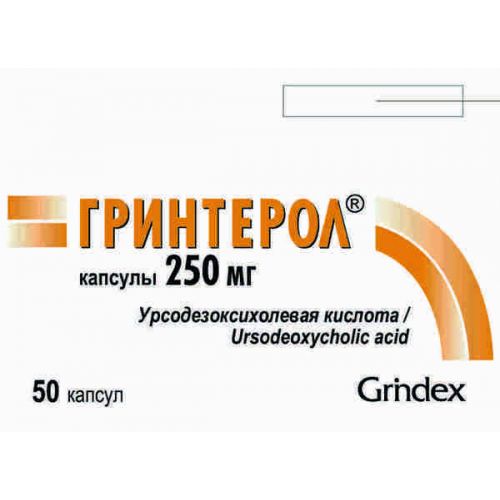

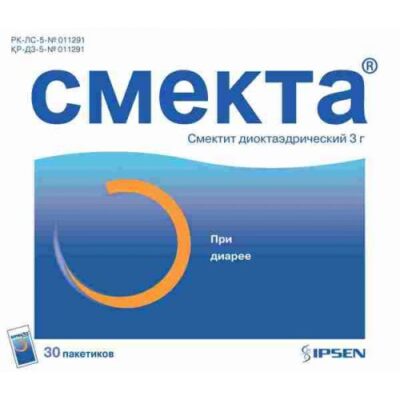
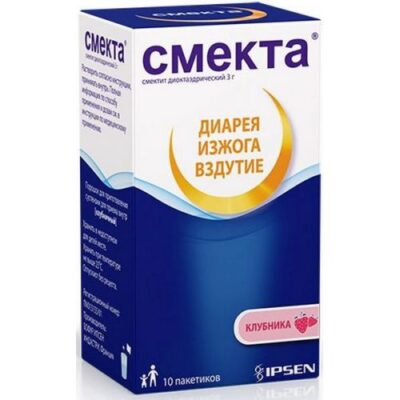
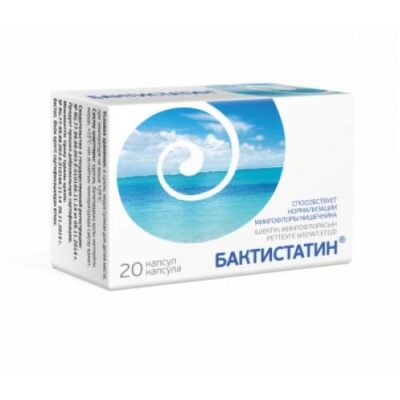
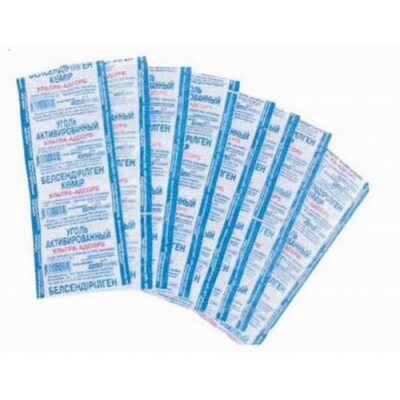
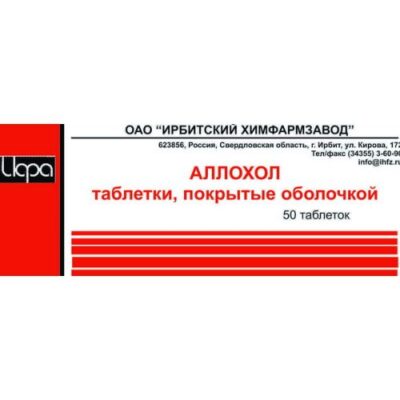
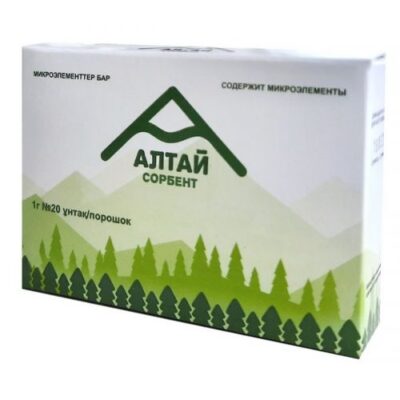
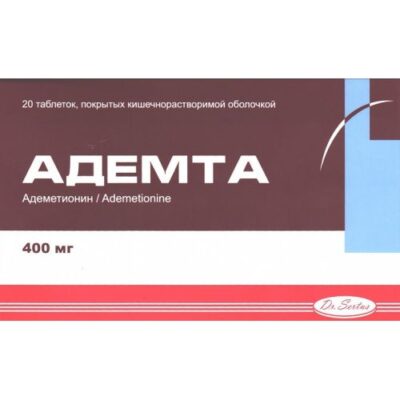
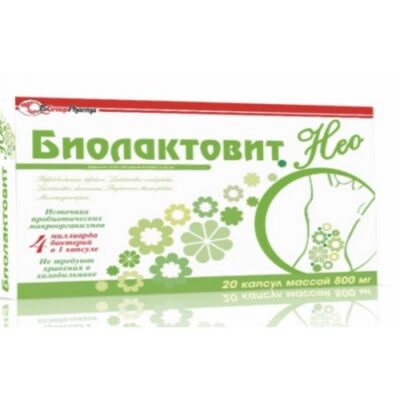
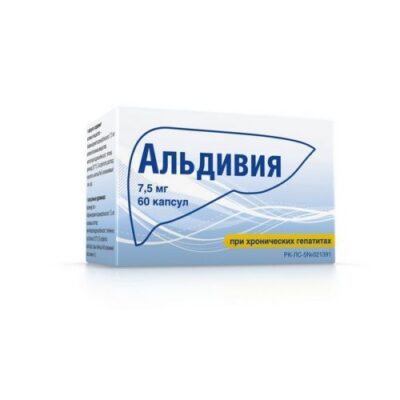
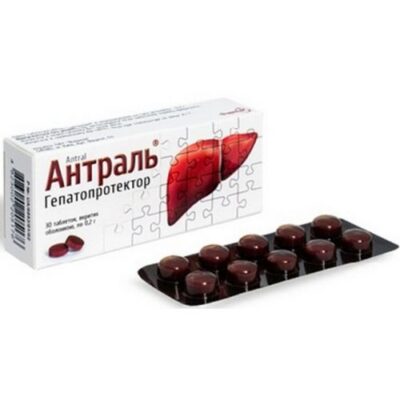






Reviews
There are no reviews yet.